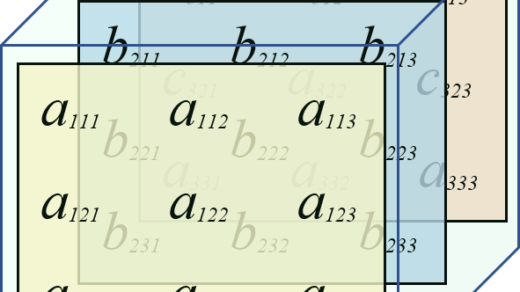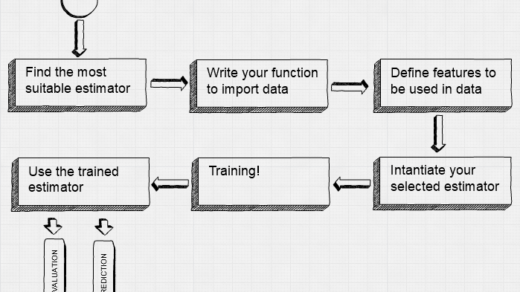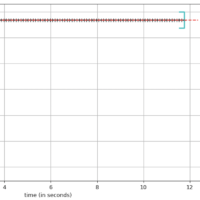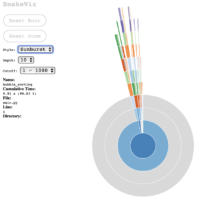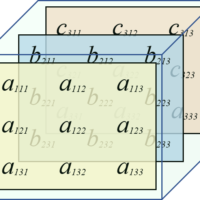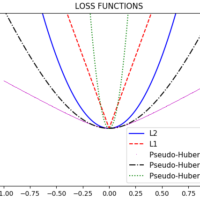In my previous post, I mentioned 3 loss functions, which are mostly intended to be used in Regression models. This time, I’m going to talk about Classification Loss Functions, which are going to be used to evaluate loss when predicting categorical outcomes.
Let’s consider the following vector to help us to show how loss functions behave:
import tensorflow as tf
sess = tf.Session()
x_function = tf.linspace(-3., 5., 500)
target = tf.constant(1.)
targets = tf.fill([500, ], 1.)Hinge Loss Function
This function is used for training classifiers, most notably for SVM (Support Vector Machine). It is defined by the following:

The central idea is to compute a loss between with two target classes, 1 and -1.
hinge_loss = tf.maximum(0., 1. - tf.multiply(target, x_function))
hinge_out = sess.run(hinge_loss)Sigmoid Cross-Entropy Loss Function
This loss function can be used in machine learning for classification and optimization, it is referred as the logistic loss function, and can be used, for example, when we are classifying between two classes 0 or 1. TensorFlow internally performs this function, but mathematically it is defined as the following:


cross_entropy_sigmoid_loss = tf.nn.sigmoid_cross_entropy_with_logits(logits=x_function, labels=targets)
cross_entropy_sigmoid_out = sess.run(cross_entropy_sigmoid_loss)Weighted Cross Entropy Loss Function
This is a weighted version of the previous loss function, as we assign a weight on the positive target. For example, we can provide a weight of 0.5, as follows.
weight = tf.constant(0.5)
cross_entropy_weighted_loss = tf.nn.weighted_cross_entropy_with_logits(x_function, targets, weight)
cross_entropy_weighted_out = sess.run(cross_entropy_weighted_loss)Let’s plot these loss functions!

Conclusions
- Hinge Loss Function is great for SVM, but it is affected by outliers.
- Cross Entropy Loss is very stable on training models, but it is less robust and can be affected on big data.
.

